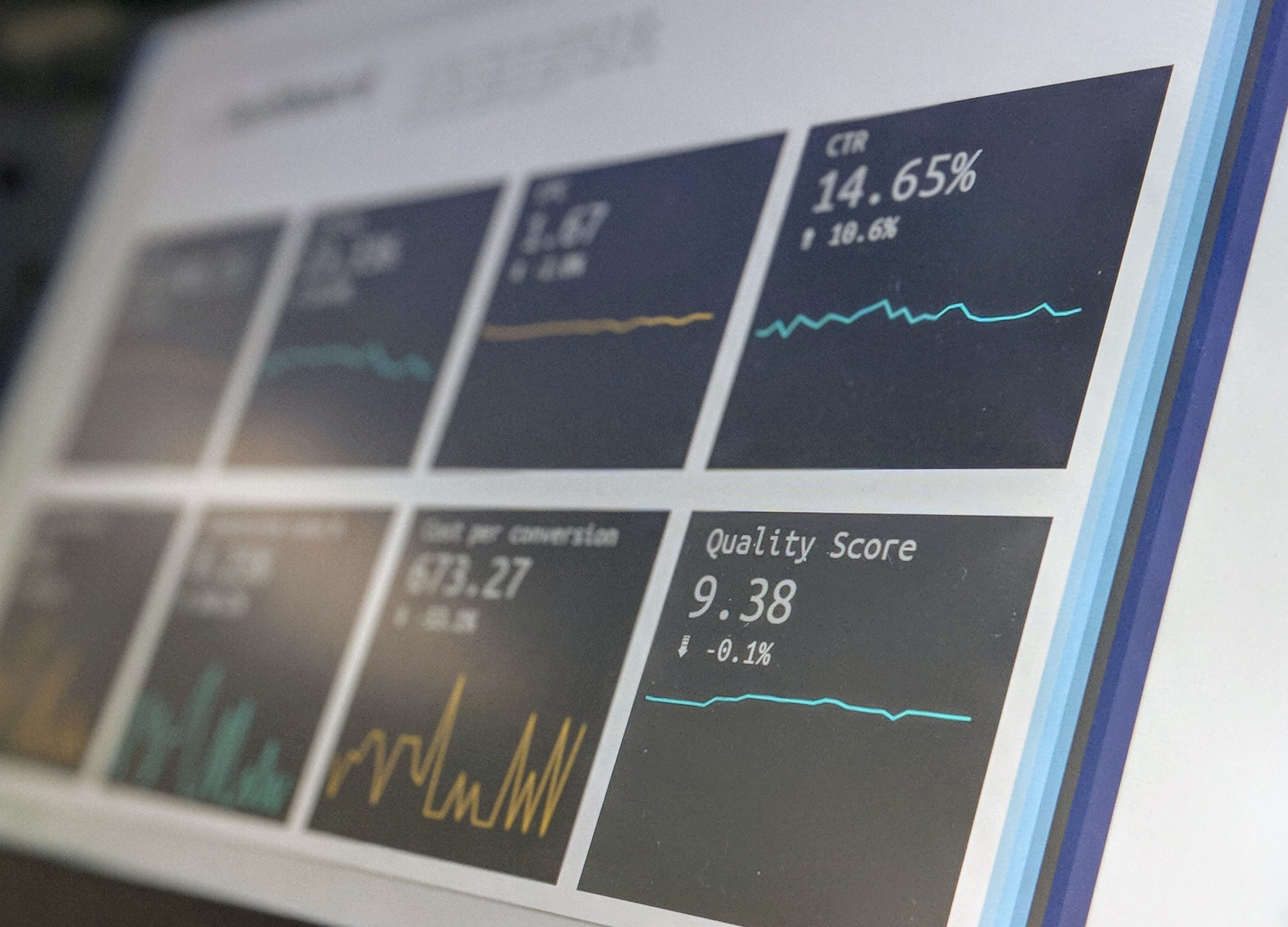As we step into the future of risk management, the need for robust and innovative software solutions has never been more critical. In a world characterized by rapid technological advancements, geopolitical uncertainties, and evolving regulatory landscapes, organizations are constantly exposed to diverse risks that require proactive mitigation strategies. The year 2024 marks a pivotal moment in the realm of risk management software, where cutting-edge tools equipped with artificial intelligence, predictive analytics, and real-time monitoring capabilities are revolutionizing how businesses safeguard their operations. From financial institutions navigating market volatility to healthcare providers like small practice emr software which can help in managing patient data security, the demand for the best risk management software is driving an unprecedented wave of innovation.
Introduction: The Importance of Risk Management Software
The current landscape of risk management solutions is a diverse and rapidly evolving one. Traditional approaches to risk management, such as spreadsheets and manual data entry, are giving way to more sophisticated software systems that offer real-time monitoring and predictive analytics. These newer solutions leverage advanced technologies like artificial intelligence and machine learning to provide a more comprehensive understanding of potential risks.
Additionally, cloud-based platforms have become increasingly popular due to their scalability and accessibility, allowing for remote collaboration and seamless integration with other business systems. However, despite these advancements, many organizations still struggle with fragmented data sources and siloed departments leading to incomplete risk visibility. As such, there is a growing demand for integrated risk management solutions that can unify disparate information into a single source of truth, enabling more holistic decision-making processes. This drive toward consolidation suggests that future software developments will likely focus on creating cohesive risk management ecosystems rather than standalone tools.

Current Landscape: Overview of Existing Solutions
The landscape of risk management software is constantly evolving, with cutting-edge technologies playing a pivotal role in shaping its future. One such emerging trend is the integration of artificial intelligence (AI) and machine learning into risk management platforms. These advanced technologies empower businesses to analyze vast amounts of data in real time, identify potential risks, and predict future trends with unprecedented accuracy. By leveraging AI-driven risk management software, organizations can proactively mitigate threats and make informed decisions that drive sustainable growth.
Another technology set to revolutionize risk management software is blockchain. With its decentralized nature and enhanced security features, blockchain has the potential to transform how organizations manage and document their risks. By utilizing blockchain-based risk management solutions, businesses can ensure immutable records of their risk assessments while also streamlining processes such as contract management and compliance monitoring. As blockchain continues to mature, its integration into risk management software promises to enhance transparency and trust across industries, ultimately leading to more robust risk mitigation strategies.
In addition to AI and blockchain, the Internet of Things (IoT) is poised to redefine risk management practices by enabling real-time monitoring and analysis of physical assets and environmental factors. With IoT-enabled sensors collecting data on equipment performance, supply chain logistics, and environmental conditions, businesses can gain valuable insights into potential risks before they escalate. The seamless integration of IoT devices with risk management software presents an opportunity for proactive maintenance strategies, improved incident response protocols, and overall resilience against unforeseen disruptions.
Emerging Trends: Technologies Shaping Risk Management Software
In 2024, the landscape of risk management software has evolved to encompass a range of cutting-edge features designed to address the complexities of modern business operations. One such must-have functionality is AI-powered predictive analytics, which enables organizations to forecast potential risks and take proactive measures to mitigate them. By leveraging large volumes of data, these advanced algorithms can identify patterns and trends that human analysis may overlook, providing invaluable insights into future risks.
Another essential feature in 2024 is real-time monitoring and alert systems. With the rapid pace of change in today’s business environment, companies need instantaneous awareness of any emerging risks or threats. Real-time monitoring empowers businesses to stay ahead of potential issues by continuously tracking key metrics and triggering alerts when abnormal patterns are detected. This heightened level of responsiveness not only minimizes exposure to risk but also allows for swift decision-making in critical situations, ultimately safeguarding the organization’s reputation and bottom line.

Top Features: Must-Have Functionality in 2024
Case studies offer real-world proof of the effectiveness of risk management software in 2024. In one instance, a multinational corporation successfully implemented a top-rated risk management solution to streamline their compliance process and minimize financial losses. The software enabled them to consolidate data across multiple departments, gain valuable insights into potential risks, and proactively address issues before they escalated. As a result, the company not only saved significant time and resources but also strengthened its overall risk posture.
Another compelling case study comes from a leading financial institution that utilized advanced risk management software to enhance decision-making processes. By leveraging predictive analytics and scenario modeling capabilities, the organization was able to identify emerging market trends and adjust its investment strategies accordingly. This proactive approach not only improved profitability but also bolstered the institution’s resilience in the face of economic uncertainties. These real-world success stories underscore the pivotal role of cutting-edge risk management solutions in driving business performance and mitigating potential threats in today’s complex landscape.
Case Studies: Real-world Applications and Success Stories
As we delve into the realm of risk management software, it’s crucial to evaluate and compare the leading vendors in the industry. Our journey begins with Vendor A, known for its user-friendly interface and robust risk assessment capabilities. However, Vendor B sets itself apart with a highly customizable solution tailored to specific organizational needs, along with advanced analytics for in-depth risk analysis.
One standout in the modeling space is Analytica Monte Carlo simulation software, which excels in probabilistic risk assessment through intuitive influence diagrams and powerful scenario modeling. Its strength lies in enabling businesses to evaluate uncertain outcomes and visualize risk interactions more transparently than traditional spreadsheet-based tools.
Moving on to Vendor C, their seamless integration with existing systems and real-time monitoring features make it a strong contender in the market.
Each vendor brings its own unique value proposition, making it essential for organizations to conduct a thorough assessment based on their individual requirements. While Vendor A may excel in simplicity and ease of use, Vendor B’s customizability could be a game-changer for businesses looking for tailored solutions. On the other hand, organizations seeking seamless integration might find that Vendor C aligns best with their needs.
In this dynamic landscape of risk management software, understanding these distinctions is pivotal in making an informed decision that aligns with organizational goals and objectives. As we explore further, we’ll uncover additional insights that will aid businesses in selecting the best fit among these leading providers.

Vendor Comparison: Evaluating the Leading Providers
Looking ahead, it is clear that the future of risk management software will be characterized by a shift towards more integrated and automated solutions. With technological advancements such as artificial intelligence and machine learning, risk management software will become more sophisticated in its ability to analyze data, predict trends, and identify potential risks. This will enable businesses to make proactive decisions and mitigate risks before they escalate.
Furthermore, we can expect to see an increased focus on real-time monitoring and reporting capabilities within risk management software. As the business environment continues to evolve rapidly, organizations will need instant access to critical risk information in order to respond effectively. This emphasis on real-time insights will drive the development of agile risk management tools that provide continuous updates and alerts, enabling companies to stay ahead of emerging threats. In conclusion, the future of risk management software is poised for transformation as it becomes not just a tool for managing risks but a strategic asset for driving business success in an increasingly complex world.
Conclusion: The Future of Risk Management Software
As we look ahead to the future of risk management software, it’s clear that technology will continue to play a pivotal role in shaping the industry. With the rapid advancements in artificial intelligence and machine learning, we can anticipate risk management software becoming even more sophisticated and intuitive. The ability to analyze large volumes of data in real-time will empower organizations to make proactive decisions, identify potential risks early on, and mitigate their impact effectively.
Furthermore, with the increasing emphasis on cybersecurity and data privacy regulations, risk management software will need to adapt to meet these evolving challenges. We can expect to see a greater integration of cybersecurity features within risk management platforms, enabling organizations to safeguard their sensitive information while also managing other types of business-related risks. Additionally, as businesses become more globalized and interconnected, there will be a growing demand for risk management software that offers multi-dimensional insights into geopolitical risks, supply chain vulnerabilities, and regulatory changes across different regions.
The future of risk management software promises a confluence of advanced technologies and tailored solutions that can anticipate and address an ever-expanding array of risks faced by modern businesses. By harnessing the power of data analytics, AI-driven insights, and heightened security measures, organizations will be better equipped than ever before to navigate uncertain terrain and secure their long-term success.
